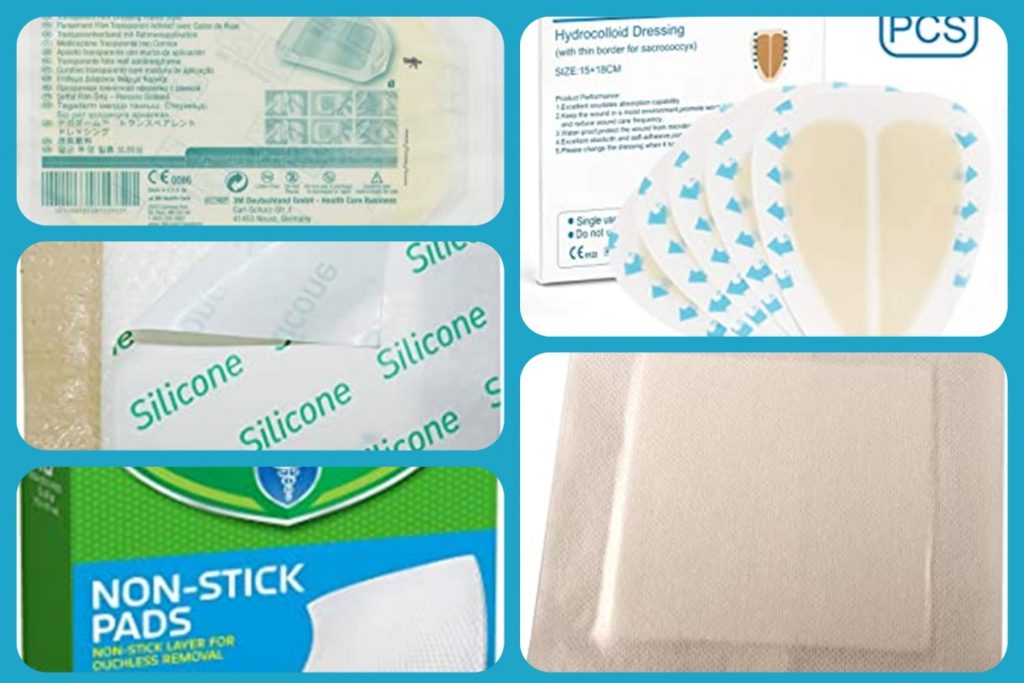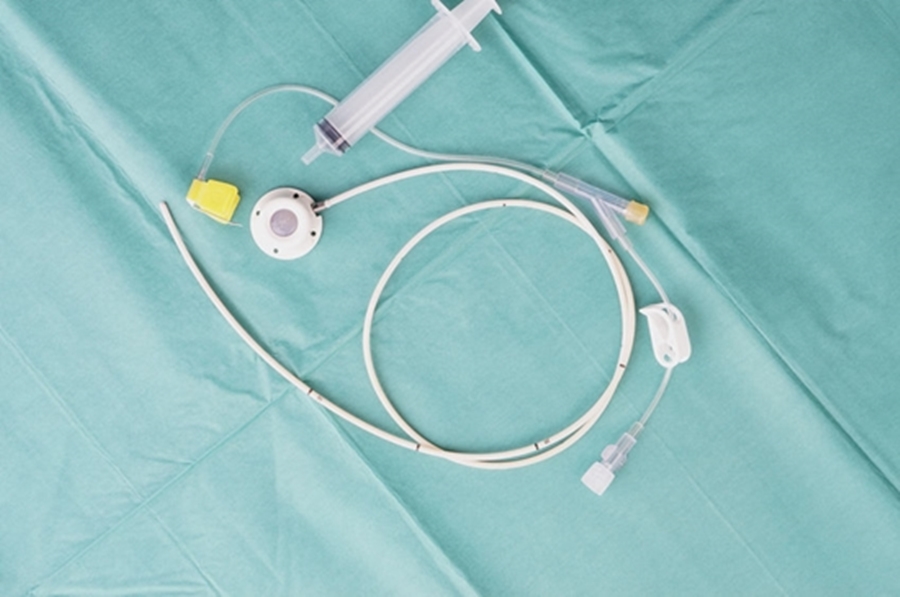Hands are a Lethal Weapon
Taking the time to wash your hands is the #1 defensive action to prevent infection. Your hands encounter more germs than any other body part. Once a bug takes hold, the hands transport that germ to multiple body locations within minutes. Tracking the hands’ movements shows the futility of saying, “keep your hands to yourself.” We unconsciously scratch, swipe, brush, and regularly rub our bodies with our hands. Each slight thoughtless touch transmits unseen, potentially deadly organisms to the next part of the body or the next victim. Therefore, if we hope to decrease the risk of germ warfare, we must learn to mitigate the danger.
Hand Hygiene
That’s where learning to wash your hands correctly and use protective barriers comes into play. Handwashing, or hand hygiene as it’s called in hospitals, is your #1 defense against the spread of infection. However, hand hygiene doesn’t just involve washing your hand; it also means keeping your fingernails clean, not wearing chipped nail polish, keeping your fingernails short, and NOT wearing artificial fingernails. Artificial fingernails, jewelry, and chipped nail polish are home to bacteria. So, to prevent the spread of germs, you should remove all jewelry and not have your nails done.
More than just Washing Hands
It also means being honest about dirty hands, diligent about washing, and not being around others when sick. Cough into your crooked arm, don’t use handkerchiefs, and use hand sanitizer after shaking hands (or don’t shake hands, shake elbows instead).
Washing hands with soap and water is the best way to eliminate germs. However, suppose soap and water are not available. In that case, you can use an alcohol-based hand sanitizer that contains at least 60% alcohol (check the product label for the percentage of alcohol to make sure). While sanitizers reduce the number of germs on your hands, they do not eliminate all types of germs, nor are they effective when hands are visibly dirty or greasy.
Play it safe. Please wash your hands often and keep them away from your face.
Correctly Applying Hand Sanitizer
- Apply the gel product to the palm of one hand (read the label to determine the correct amount to use).
- Rub your hands together.
- Rub the gel over all the surfaces of your hands and fingers until your hands are dry (around 20 seconds).
How to Correctly Wash Your Hands
- Wet your hands and wrists with warm water. Do not use bar soap. Bacteria remain on bar soap after use and re-contaminate the hands of the next person who uses the soap.
- Hold your hands below the elbow level as you rub them together. Work up a good lather by vigorously rubbing your hands together for 20 seconds. Need a timer? Hum the “Happy Birthday” song from beginning to end twice.
- Pay special attention to your fingernails, cuticles, thumbs, knuckles, and sides of fingers where germs harbor.
- Rinse hands and wrists thoroughly with subs running down arms into the sink.
- Blot hands dry (don’t rub them and cause friction burns).
- Turn off the water using a paper towel.
- For added protection, apply an alcohol-based hand rub to the palm of one hand and rub hands together, covering all surfaces.
- Continue rubbing hands together until all the product has dried up (about 30 seconds).
- Use hand lotion between washing to soothe dry hands from excessive handwashing practices.
Other Ways to Keep Your Hands Clean and Cut Down on Transmission of Germs
- Use paper towels to open doors and discard the paper towel in the nearest trashcan.
- If a paper towel is not available, use the hem of your shirt or cover your hand with your long sleeves.
- Wear gloves. However, if you wear gloves, you must remember that you cannot touch your face with the dirty gloves.
- Use foot peddles or go through doors using your back or shoulder to open/doors that allow such.
- Use a pencil or stylet to punch buttons that others use.
- Carry your own hand sanitizer and use it after encountering any publicly held devices.
- Use sanitizing wipes on tables, grocery carts, etc. before handling them.



